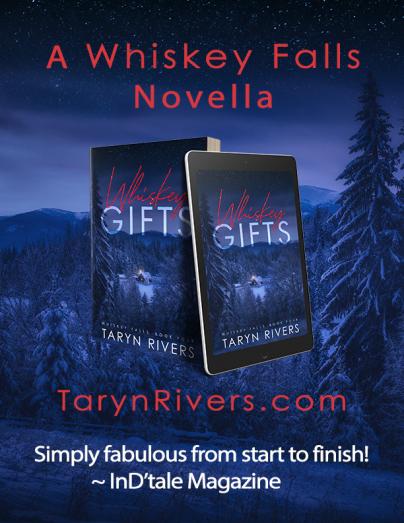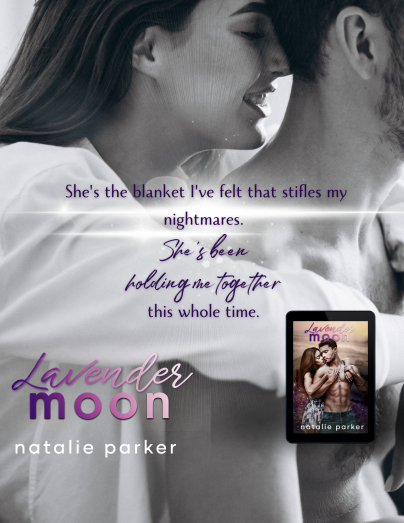News & reviews for the fiction lover in us all!
What Now? What will your Readers do When they Reach ‘The End?’
Indie publishing is tough. And while writing and publishing aren’t for the faint of heart, most authors will tell you that marketing is the most challenging aspect. There’s no checklist or recipe for success that that will guarantee book sales. Just when you think you’ve figured it out… the algorithms change. And when you publish through platforms like Amazon, IngramSpark, and KDP, you have no access to customer information. That means that you can’t invite them to your book tour or ask them to be part of your ‘Street Team’. You can’t ask them for reviews or to engage with you on social media. You can’t tell them that the next book is ready to publish and invite them to your launch party. They don’t know that you’re available for speaking engagements or to facilitate book club discussions. With a Call-to-Action, You can tell them all of that without spending any more money.
One of the biggest missed opportunities that I see independent authors make, is not including ‘calls-to-action’ (CTAs) in your books and your marketing. It is your chance to invite your readers to engage with you in whatever ways you choose. I see some incredible examples of this from prolific romance and fantasy authors.
There is something special about being able to engage with someone whose work you admire, and technology makes it so easy to do. Being in the crowd that “knew them before they were famous” is a badge of honor. So how can you, as an independent author, find your crowd? You invite them. You invite them in your marketing and in your books. You invite them to take another step. You Call them to Action. This can take many forms. It might be as simple as a request for a review, or to follow you on social media. It might be an invitation to join your ARC team or sign up for your newsletter. Maybe it’s all those things. Include CTAs in your front and back matter and when you post on social media, or write your next blog.
Most first-time authors start their marketing efforts towards the end of the writing and publishing process. Prolific authors have learned the value of premarketing and building anticipation and excitement for the upcoming release or series. CTAs can take many forms, and the ones you choose will depend upon your audience and goals. Works of fiction and non-fiction might have some very different tactics, but there are also many overlaps.
There are two ways to broadly classify our efforts. The first is to ask your readers to take a step to ‘boost business’. Asking for reviews and including your backlist or an excerpt to the next book in the series are examples that help boost sales, and your business of publishing. They have the potential to lead to a direct increase in revenue. The second is to drive engagement. An invitation to follow you on social media, join your Patreon, or sign up for your newsletter, are ways to build community. They’re generally not directly linked to generating revenue, though platforms like Patreon can do so. The intent is to build ways to engage with readers beyond just books. Maybe you share insights into your writing—the inspiration for your characters or setting. It can be an invitation to be part of your ARC/Beta Reader or ‘Street’ teams (a group of fans that help you promote your books). Perhaps your community will have exclusive or advanced access to unpublished or new content, like cover reveals.
Regardless which category your CTAs fall into, there are some key considerations to making them effective. We live in a world of convenience, so it’s important to make it quick and simple for readers to take the actions you desire. The mechanisms that you use may vary between print, digital, and audio. The way that readers interact with each format is different. Let’s look at ways to optimize your calls-to-action to ensure that readers can follow through quickly and easily in any format.
Use Clear and Simple Messaging
This is not a place where you want to be verbose and flowery with your language. State clearly what you want your readers to do:
- Sign up for the newsletter
- Follow me on social
- Leave a review
- Send me an email
- Join my group
Easy Access
Make it as simple as possible to complete the action you desire. There may be different mechanisms for different formats, but be sure to consider the fastest and easiest way to optimize each experience.
In print, QR codes can be very effective. Be sure to use one that you know will work indefinitely. Some free QR code generators are free for a short time, and then will no longer function if you do not pay for them. Be sure the one you use will always take readers to your intended destination. Also remember that not all readers have or know how to use their smart phone to read QR codes. Some would rather use a tablet or computer. If you use a QR code, add a URL to accompany it for those readers who prefer them.
Long or confusing URLs can be challenging to type in. There are a couple of techniques to help reduce error and frustration. For example, it is easier to differentiate and remember the words in a URL when they are all capitalized: www.deliberatepage vs www. DeliberatePage.com. In the first example, the words run together and depending on your URL, could read differently than you intend. In the second, it’s very clear what words make up the URL. An example of words that are easy to misread: analbumcover vs. AnAlbumCover.
More challenging, are long URLs with seemingly non-sensical letters and numbers. The chances of a reader accurately typing in: https://www.amazon.com/Earl-Enchantress-Novel-Book-ebook/dp/B07JGCRNV6/ref=sr_1_1?crid=1SSEDOQLTEP48&keywords=the+earl+and+the+enchantress&qid=1700420395&sprefix=The+Earl+and+the+Enchantress%2Caps%2C172&sr=8-1, if at all, are slim. There are a few ways to overcome this particular challenge. The first, is to use a URL shortener. There are many free options available with a quick internet search. Like QR code generators, be sure that your shortened URL will work perpetually. You can also use a Universal Book Link: https://mybook.to/PaullettGolden. There are services that provide these links for free. Alternatively, you can provide a link to a landing page on your website with information about that specific book: https://www.paullettgolden.com/the-earl-and-the-enchantress or ALL of your books https://www.paullettgolden.com/books. This last option is by far, my favorite. Hopefully, once your readers land on your website, they’ll take some time exploring and find other ways and opportunities to engage with you, like signing up for your newsletter.
Think about audiobooks. In this case, it’s very important that URLS are short and easy to remember because your readers may not have any other ways to follow through. An obvious and easy to remember URL is very important.
While QR codes can work in digital, hyperlinks are far more effective. Readers like to click and arrive immediately at their destination. Instant gratification is very effective. However, depending on the device or app that your reader uses, the end experience may not be ideal. Just like URLs in print and audio, it’s helpful to include a URL that is easy to remember and type into a different device. Another key consideration in digital is using hidden URLS. We see that with a link like “Click Here”. If your reader wants to access that link on a different device, they may not be able to find the actual URL to do so. Including the actual typed-out URL may not look quite as clean, but it does ensure that your readers will be able to act, just as you intend. And function should take priority of form in this case.
State the Benefit
From a marketing standpoint, CTAs benefit you, the author. So, what does the reader get out of it? Altruism is nice, but not a realistic goal. It’s the same reason that you can’t count on friends and family supporting your author career, just because they like you. For it to be sustainable, there must be a benefit to the reader.
Some benefits are simple. Reviews invite readers to share with you and others what they liked or didn’t like. They have the potential to impact your sales both positively and negatively. Singing up for ARCs or to be part of your community may get them early or exclusive access to new content. What is your readers’ WIIFM (What’s in it for ME?). State that in your CTA: “Sign up for my monthly newsletter and get exclusive access to my monthly serial.”
Comply with Terms of Service (TOS)
Finally, and perhaps most importantly, be sure that your CTAs comply with the Terms of Service on each platform where you publish. Most platforms will restrict references or links to competitor platforms. Fixing any issues might be a minor inconvenience, or it might be a costly mistake. To avoid conflicts such as these, I recommend that authors push readers to a landing page on their website where they can include any, and all, desired links without risk of violating any TOS. This has two added benefits. The first is that you can update links and retail platforms without having to update the front or back matter of your book. The second is that it encourages readers to spend some exploring your website and find additional books or ways to engage with their favorite author.
So… What will you ask your readers to do when they reach ‘The End?’
If you would enjoy articles like these, I invite you to visit my website where I post articles and advice to help independent and self-publishing authors find the right path to achieve their specific publishing goals. Visit www.DeliberatePage.com.




